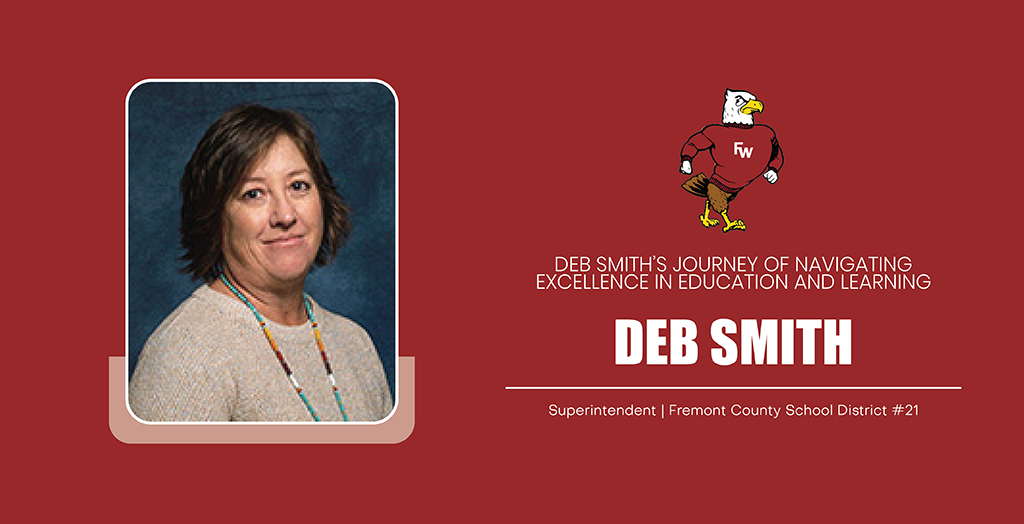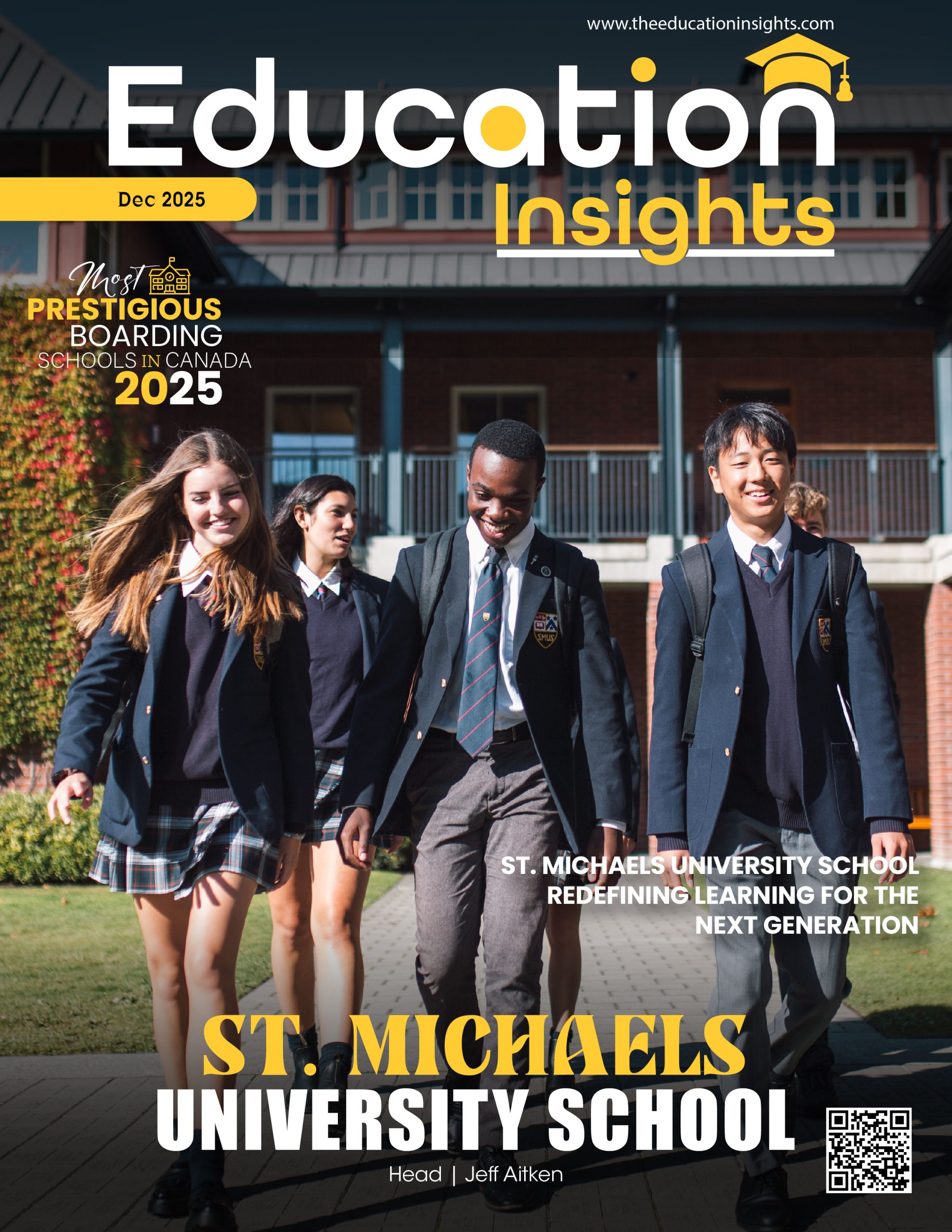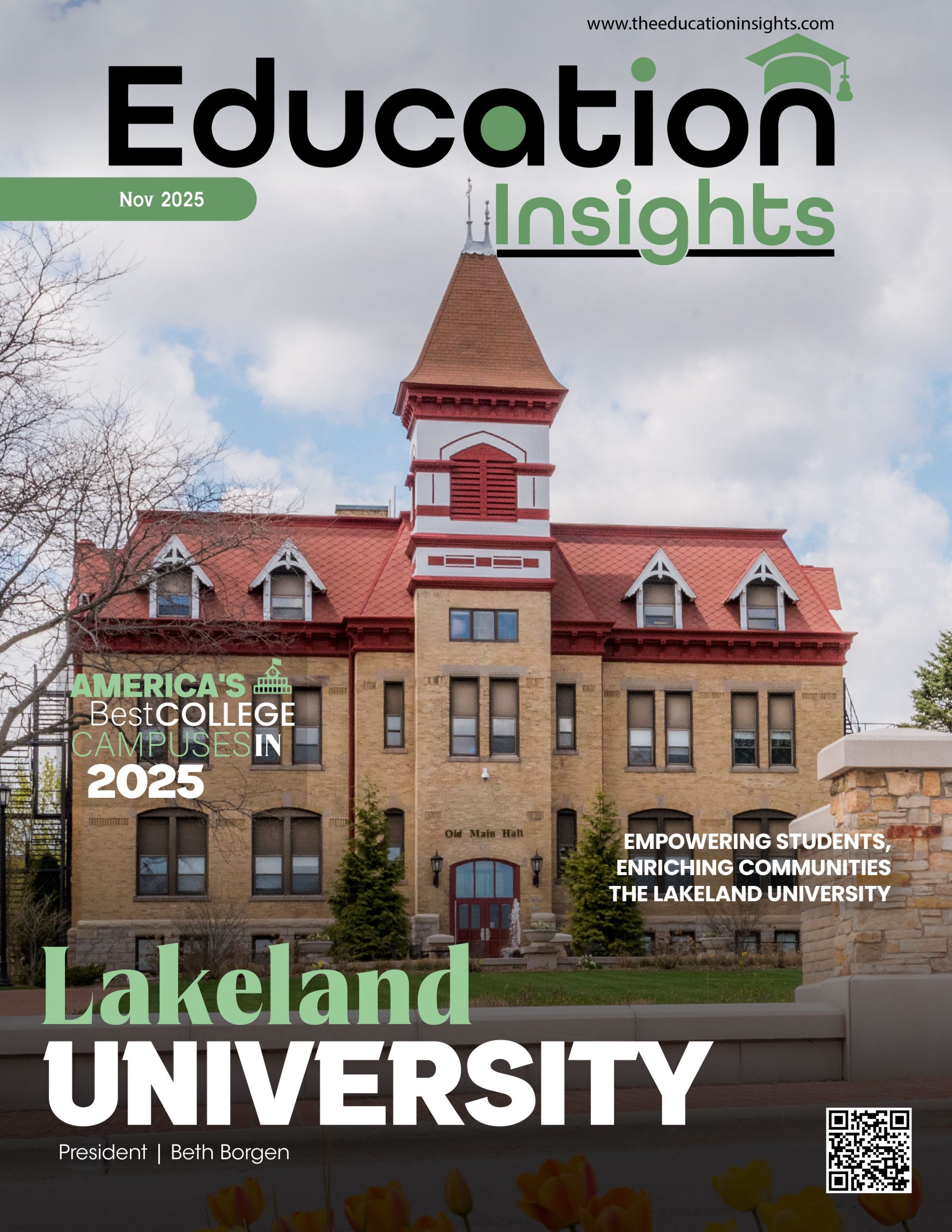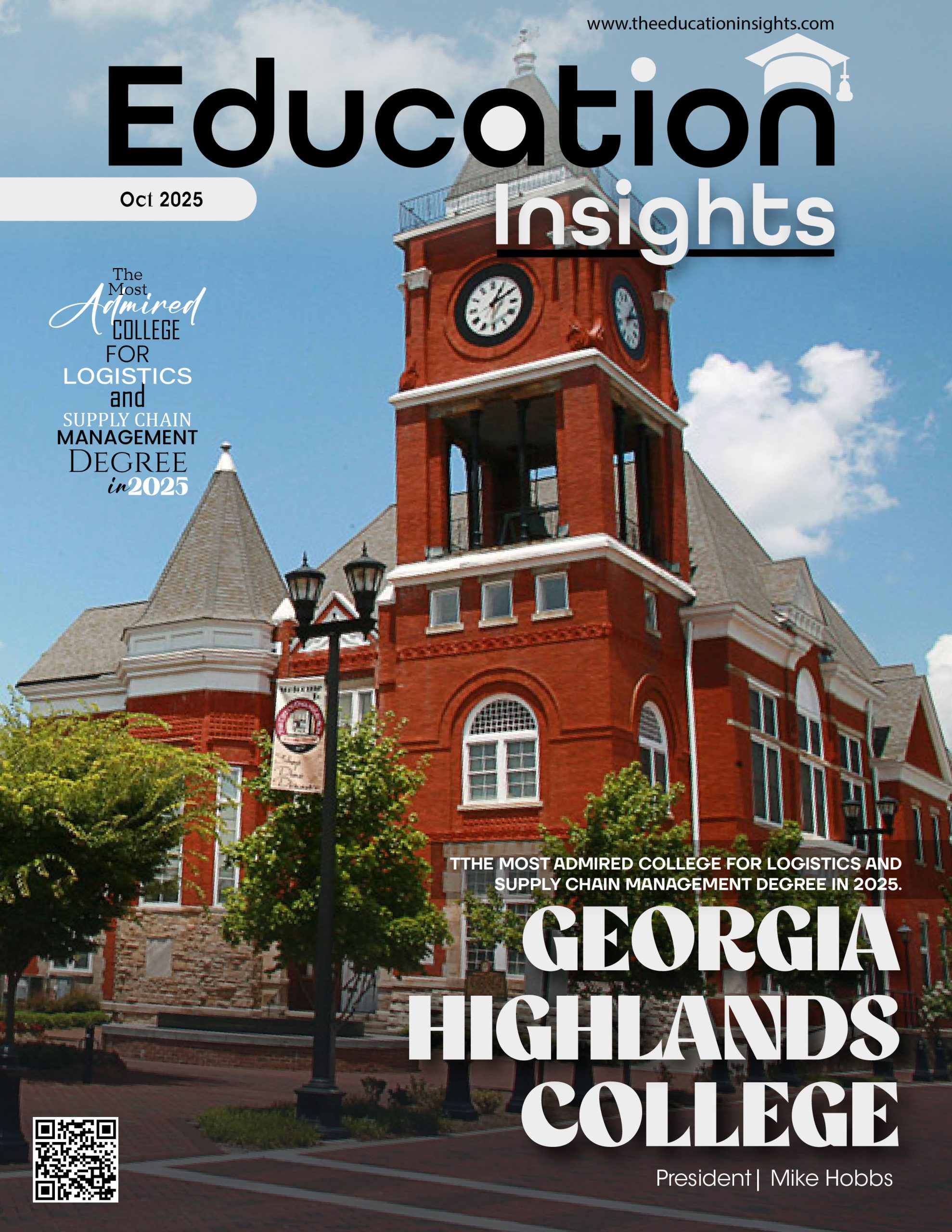Meet Deb Smith from Wyoming, United States—a visionary leader with years of experience in education and diversity training. Smith has dedicated her career to empowering and educating learners, and her passion for leadership continues to inspire change across the education realm. As the Superintendent of Fremont County School District #21, Smith aims to encourage learners to become the future leaders of the tribe and make an impact in the community, state, and across the nation.
The Path to Professional Excellence
Smith’s professional journey is unique. She is a first-generation college graduate; her mother attended an Indian Boarding School in high school at Lawrence, KS, and completed the Licensed Practical Nursing program through Indian Health Services in the 1960s. Her father is a high school graduate and a certified welder through a state welding training program. Both of her parents were hard-working, blue-collar individuals who were very influential in her professional journey.
Smith is the youngest daughter of Frank T. Foote and Alberta L. (St. Clair) Foote; her grandparents are Wallace and Winnie (Welsh) St. Clair. Smith is an enrolled member of the Eastern Shoshone Tribe and a descendant of the Northern Arapaho Tribe. She attended elementary school, junior high, and high school in Lander, Wyoming. Smith had limited experience with college. She graduated with a Bachelor of Science in Child & Family Studies and went back home to Fort Washakie to work for the Shoshone and Arapahoe Tribal Head Start program as a preschool teacher.
While working, Smith went back to graduate school a few years later and graduated from UW with a Master’s Degree in Curriculum & Instruction. She then went to work for the Wyoming Department of Education for 3 years. She re-enrolled in graduate school to complete her Principal and Superintendent Certifications. Smith has been working at Fremont County School District for 13 years. She began working as the Special Education Director for 8 years before becoming the District Superintendent. She is entering her 5th year as the Superintendent and is the first Eastern Shoshone Tribal woman to hold this position. Smith is currently pursuing a doctorate from the University of Wyoming.
Beginning of a New Chapter: Empowering Women for Policy Leadership
Smith was recommended to the Policy Institute by Teresa Chalk, a fellow Wyoming superintendent. She has been participating in the Voice 4 Equity leadership series for a while, which has provided her the opportunity to join. Smith is very grateful for this exceptional group of women leaders.
Enhancing Student Engagement and Academic Performance
Smith mentioned that the district utilizes the PLC (Professional Learning Communities) of practice. The PLC framework provides the structure for teachers and support staff to meet and discuss student engagement and academic performance weekly. The team uses various educational partners, such as Solutions Tree and WIN Culture, to provide staff with professional development and training to help with best practices, instructional strategies, and relevant information regarding school improvement.
Empowering Students Facing Socioeconomic Challenges
The district offers varied opportunities for students to participate in activities such as after-school tutoring and enrichment activities, athletics, school-sponsored clubs, educational and social field trips, parent/family literacy events, and culture events/activities throughout the school year. Additionally, the team provides transportation, counseling, social work, McKinney-Vento support, JOM (Johnson O’Malley) services, school nurse services (including free flu and COVID-19 vaccinations, health screenings, vision & hearing screenings), and food backpack programming for families in need.
Remarkable Initiatives for Better Learning
Smith has supported the integration of two STEM labs in the district and has departmentalized science in the lower grades to prioritize science exploration. Their middle school STEM and high school STEM programs have evolved, allowing the students to participate in project-based learning opportunities through the Teton Science School for 8th graders and high schoolers. Last year, the 7th graders participated in the Greater Yellowstone Coalition initiative by attending the Buffalo Ranch in Yellowstone. These types of activities have encouraged the students to expand their thinking in real-world experiences, incorporating technology, culture, math, science, and reading.
The Impact of Tech Integration on Student Learning
The district provides students with technology in each classroom—from devices, computer labs, STEM classrooms, and virtual education opportunities. It also provides families with internet access so that learning can take place when there may be a school closure. The staff is provided professional development opportunities to enhance technology skills and application.
Overcoming the Hurdles in Technology Implementation
The Fremont County School District is located in a very rural area, and before COVID, very few families had internet services in their homes. The district provides internet services to families and staff. Due to limited cell towers in the area, the district had to secure additional grant funding to acquire STAR Link satellites. These satellites are provided to families without direct access to a cell tower. The institution provides devices for students to use at school, including Chromebooks, iPads, PCs, and iMacs. “We try to offer a variety of technology devices to students so that they can learn various systems,” Smith reveals.
Envisioning the Future
Smith’s vision for the district is to incorporate more cultural activities and programs into the curriculum, engage students in project-based learning opportunities, prepare them for a successful high school experience, and ensure that all the students are successful in life upon completion of high school.
The district boasts exceptional teachers at every grade level who are doing great things, and the students are very smart. Smith aims to help students realize their potential, become future leaders, and make a positive impact in the community, state, and across the country. “We need to continue advocating for our students in every arena and provide them with educational opportunities and experiences that will ignite creativity, imagination, and possibilities,” Smith elaborates.
Emerging Trends in Education: A Glance
Technology is constantly evolving, and students are adapting to devices and programs. A priority is integrating technology into instruction in a meaningful way that will encourage engagement, collaboration, and student growth.
Future Goals for Fremont County School
Smith’s goals for the district are as follows: to help students achieve academic gains, increase the graduation rate, encourage more graduates to enroll and compete in college, and have students return to become teachers and administrators in the district. Smith also wants the staff to encourage students to take pride in being academic scholars, student leaders, and student-athletes. Additionally, he aims to continue to support professional development and growth for the staff; make school improvement an integral tool for the district, and establish a framework for success—academic, social emotional, physical, and professional aspects.
Leadership Focused on Future Generations
Smith approaches leadership and decision-making intending to meet the student’s needs and do what is best for them. She values teamwork and seeks input from various stakeholders (administrators, department heads, teachers, parents/guardians, board members, tribal councilmen, community members, students, etc.). Smith strives to make decisions that will have a lasting impact and be beneficial for future generations.
Distinctive Strategies to Promote Growth
Smith ensures that all the staff have access to learning opportunities through specialized training, off-campus professional development conferences, and in-district training. The institution partners with contractors to provide coaching and training on relevant instructional practices. In her first year of superintendency, Smith implemented a staff wellness program that focuses on encouraging staff to unplug from technology, engage in physical activities, and socialize with colleagues through volleyball, kickball, beading, reading, weight lifting, walking, arts and crafts, yoga, meditation, puzzles, and table games.










